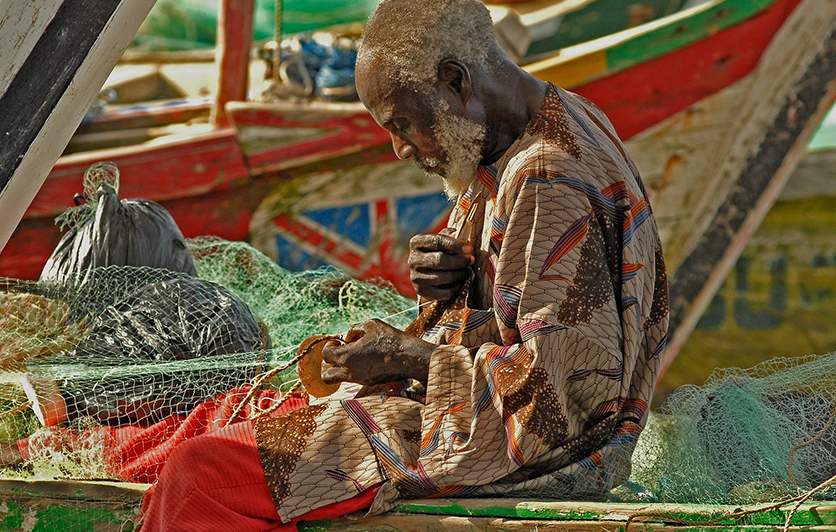-
Home
- Home Jon Stuart Anderson
- Jon Stuart Anderson
Jon Stuart Anderson
"I'm Jon Stuart Anderson. I grew up all over the US, Mexico, Venezuela and Costa Rica. My father always looked to the horizon and was insatiably curious. <br><br>
"I was exposed to a variety of arts and crafts as a boy when I traveled with my family. The influences that stand out in my mind are the architecture of Frank Lloyd Wright, Native American art, my mother's wildlife sculptures and the pre-Hispanic art of Mesoamerica.<br><br>
"Each member of my family is or was an artist, potter, sculptor, painter ? you name it; that's how we made our living. My grandfather was a fine jeweler. The first piece I can clearly recall making is a terracotta pony when I was three years old. <br><br>
"In Veracruz, Mexico, a girlfriend taught me how to make my own bamboo tools to work with clay. I take a lot of pride in working by hand and keep grinders and other mechanical tools out of my workshop. <br><br>
"I now work exclusively with polymer clay and feel blessed to have found a medium I can honestly say I was born for. I learned from a book by Nan Roche titled "The New Clay" but have had no formal instruction beyond that. I drew on past experience more than anything. <br><br>
"I began making jewelry components in 1991. I quickly developed my own voice through this medium and began making and selling my work on my own. Polymer clay is a post-war medium that is still being defined and finding its place in the art world.
I can confidently say that I am considered one of the most innovative and accomplished practitioners of this medium. A friend recognized my potential and set me up with a workshop in Bali in 1993. <br><br>
"I usually create animal sculptures that are covered in a layer of polymer clay. We use all of our scraps to make the framework for my animal sculptures. We also use it sometimes for small toys like yo-yos. Polymer clay has become popular and I think that at least 95 percent of it is made into jewelry while most of the rest is used in home crafts. I try to create designs so difficult to make that no machine could keep pace with my ideas. <br><br>
"I design everything made in our workshop. I have 25 artisans who assist me. They help in blending colors, which is a huge undertaking that requires eight people at once. Four people push scrap clay into molds, others work on sanding, burnishing quality control and packing. It's like the Lucy episode in the candy factory every now and then, but we make things no one has ever seen or even thought possible. <br><br>
"I stretch the mind of the people who look at my work. I continue to improve and I amaze myself. I've blown past the goals I had as a young man. It is my hope that the people who have worked with me here since 1992 will continue to grow the project. I would like to slowly remove myself from the workshop and give it to the workers through my Indonesian partner, Meili Wibisono, who owns our enterprise. <br><br>
"In 2005, I was infected with Japanese encephalitis, which has a mortality rate of 27 to 35 percent, so I have much to be happy about. Unfortunately, the disease causes severe side effects such a motor deficits, seizures and short term memory loss... it takes you from yourself. <br><br>
"I've had to construct a new way of thinking about how we came to be who we are. It is terrifying to be, each minute. I was flat for almost a year. My helpers recycled previous designs and kept me involved with day-to-day work. It was my therapy that helped the most. To be needed and loved in such an urgent, matter of fact way left no room for self-pity. I'm still learning from the disease as it can take the rest of your life to stop slowly changing your brain chemistry. It has made my art go into areas I never could have anticipated. <br><br>
"Change what's under your feet and between your ears and make those places better in the most diligent frame of mind. As a polymer clay artist, I create artifacts of the mind, my visions and experience with other cultures, ethno-botanical art that will endure long after the oil has run out. I'm trying to create something that will leave a footprint of beauty rather than destruction. As an artist who works exclusively with polymer clay, I want to give my chosen medium the nobility it deserves."


